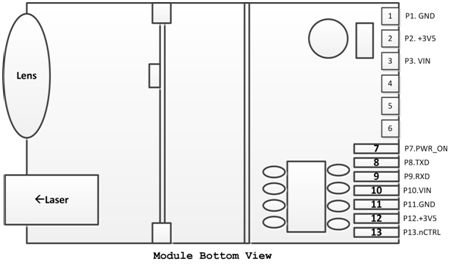The five links that corn straw needs to be returned
The direct return of corn stalks to the soil can increase soil organic matter, improve the structure of soil aggregates, and increase soil water and fertility maintenance. It is an important measure to ensure stable agricultural yields and high yields. However, due to the fact that some farmers have not mastered this technology comprehensively, farming has emerged. Some problems have negative effects. Specifically, in some wheat fields after returning straw, there are low emergence rates, yellow seedlings, weak seedlings, and even dead seedlings. Therefore, the following five key links should be grasped for corn straw returning to fields.
1. Straw crushing: The straw shall be freshly chopped into short sections no more than 10 cm long, or mechanical comminution method shall be adopted so as to avoid excessive soil pressure of the straw and affect the crop emergence and growth.
2, nitrogen fertilizer: Soil microbial decomposition of crop stalk, the need for a certain amount of nitrogen, and crop seedlings compete for available nitrogen in the soil phenomenon. Therefore, it is necessary to increase 5-10 kg of urea or 15-30 kg of ammonium bicarbonate in order to avoid nitrogen deficiency during the seedling stage.
3, enough to return fields: straw returned to the field, because the straw itself absorbs water and microbial decomposition of water, will reduce the soil moisture, therefore, timely watering, in order to facilitate the close contact of straw and soil to prevent overhead.
4. The quantity is appropriate: 300-400 kg per mu for returning straw should be appropriate (generally, 1 mu of straw still has 2 mu), and large amount of returned land will affect the growth of crop roots.
5, deepen the plough layer: give full play to the role of large and medium-sized tractors, deepen the plough layer, require cultivating depth 20-25cm. Corn stalks should generally be buried in soil below 10 cm and compacted.
Industrial Laser Distance Sensor
Industrial Laser Distance Sensor, we also call it secondary development laser distance module, which support TTL level and CMOS. The laser range sensor can be widely used in professional surveying, mapping, construction, robots, hunting arrows, industrial monitoring and automated measurement applications in electricity, transportation, etc. Our laser distance module supports data communication with RS232, USB with a simple adapter. The results of laser distance sensor can be evaluated with Arduino. We are always looking ahead, hoping we can make every measurement simple in life!

Parameters of M703A:
|
Accuracy |
±1 mm (0.04 inch) |
|
Measuring Unit |
meter/inch/feet |
|
Measuring Range (without Reflection) |
0.03-150m |
|
Measuring Time |
0.1~3 seconds |
|
Laser Class |
Class II |
|
Laser Type |
635nm, <1mW |
|
Size |
72*40*18mm (±1 mm) |
|
Weight |
About 21g |
|
Voltage |
DC2.0~3.3V |
|
Electrical Level |
TTL/CMOS |
|
Frequency |
10Hz |
|
Operating Temperature |
0-40 ℃ (32-104 ℉ ) |
|
Storage Temperature |
-25~60 ℃ (-13~140 ℉) |
Laser Distance RS232,Arduino Distance Module,Laser Module RS232
Chengdu JRT Meter Technology Co., Ltd , https://www.cdlaserdistancemeter.com